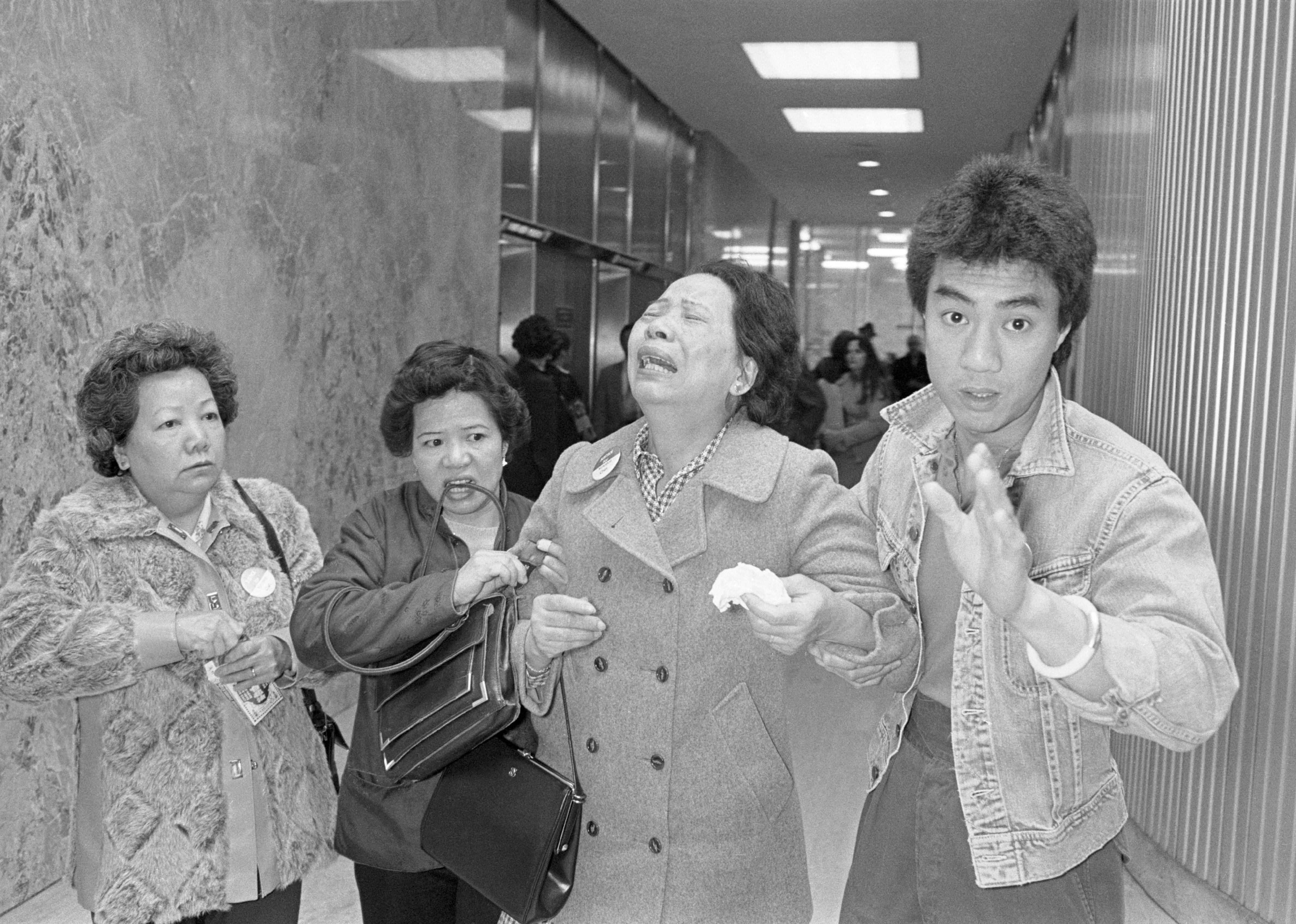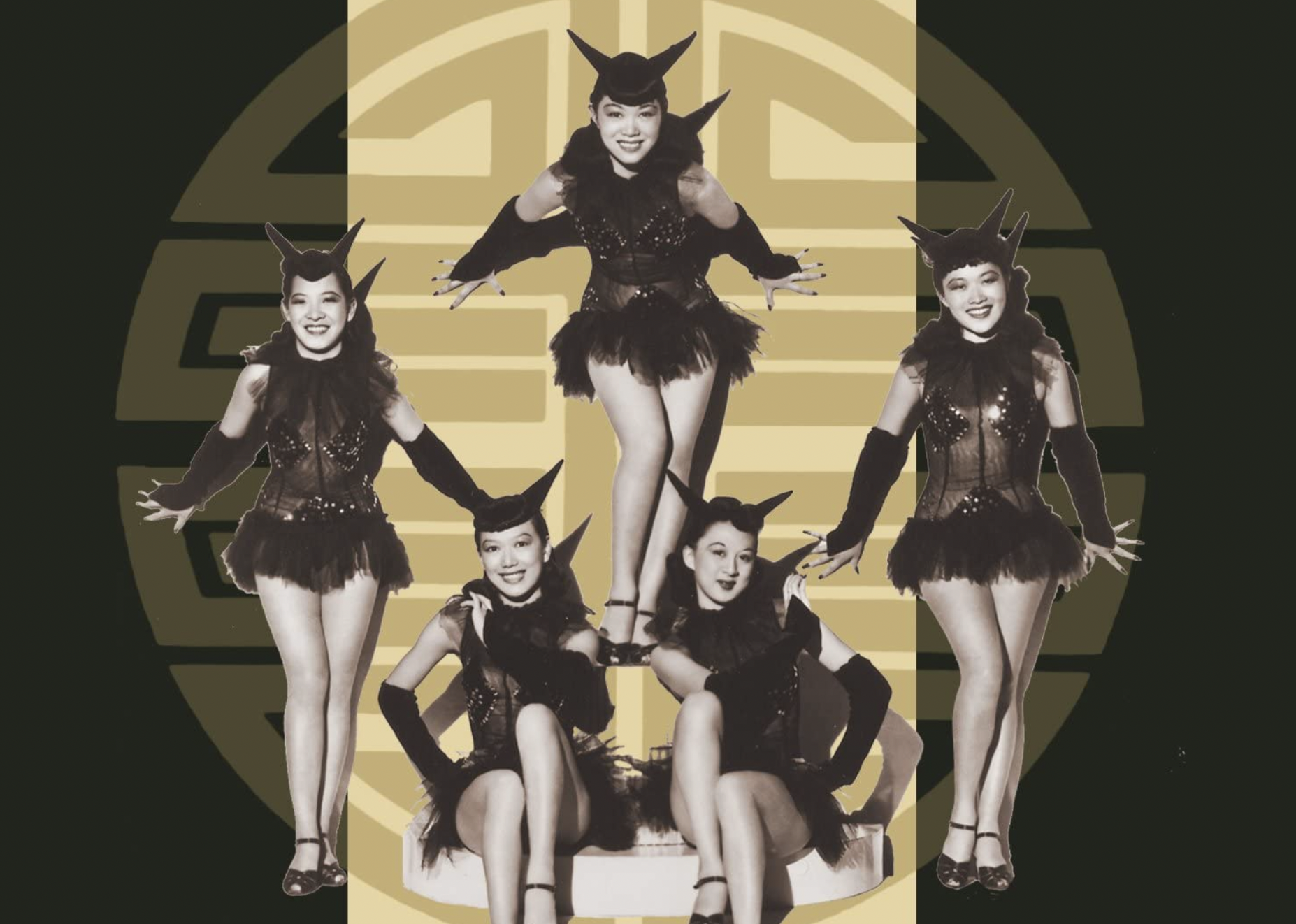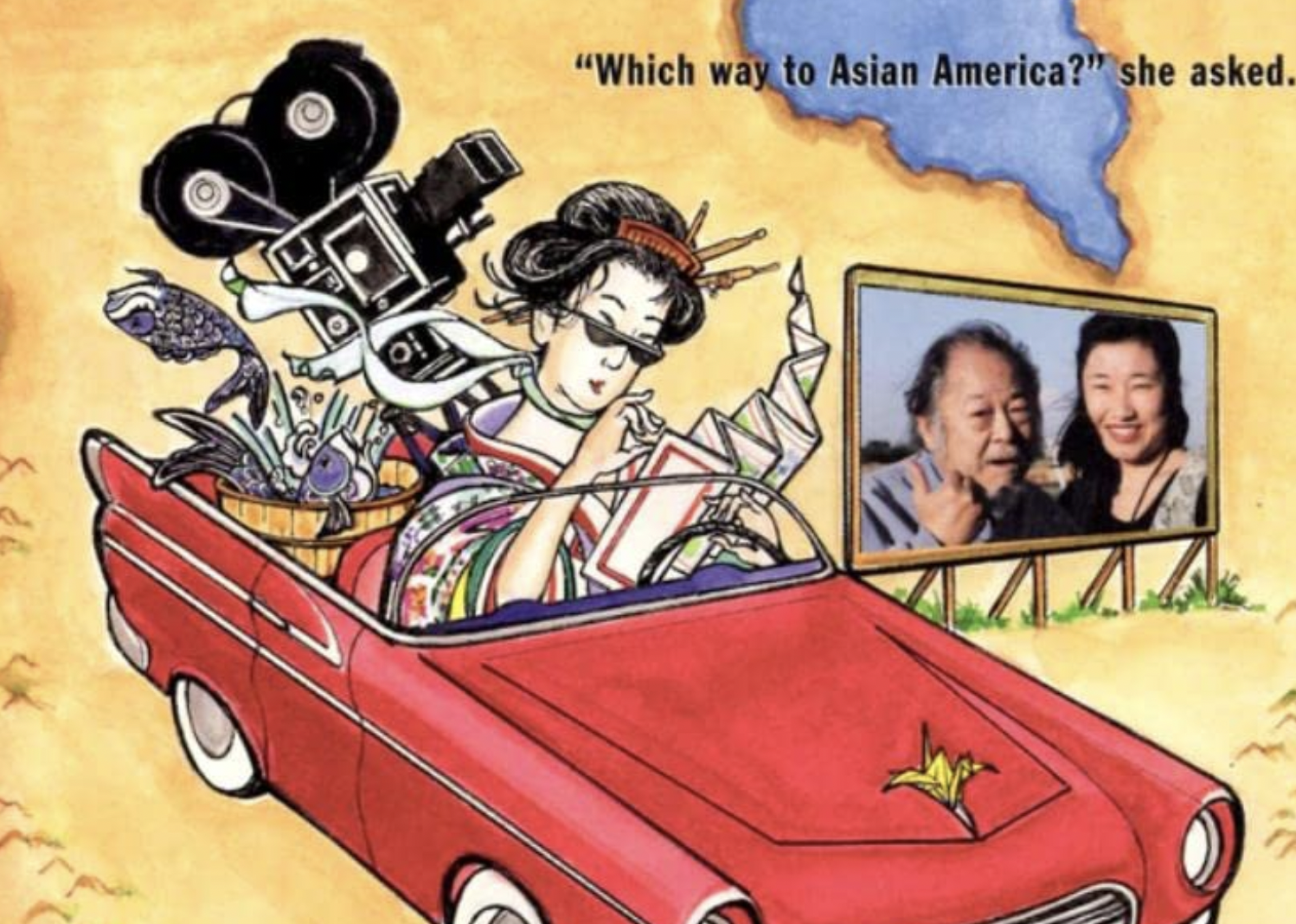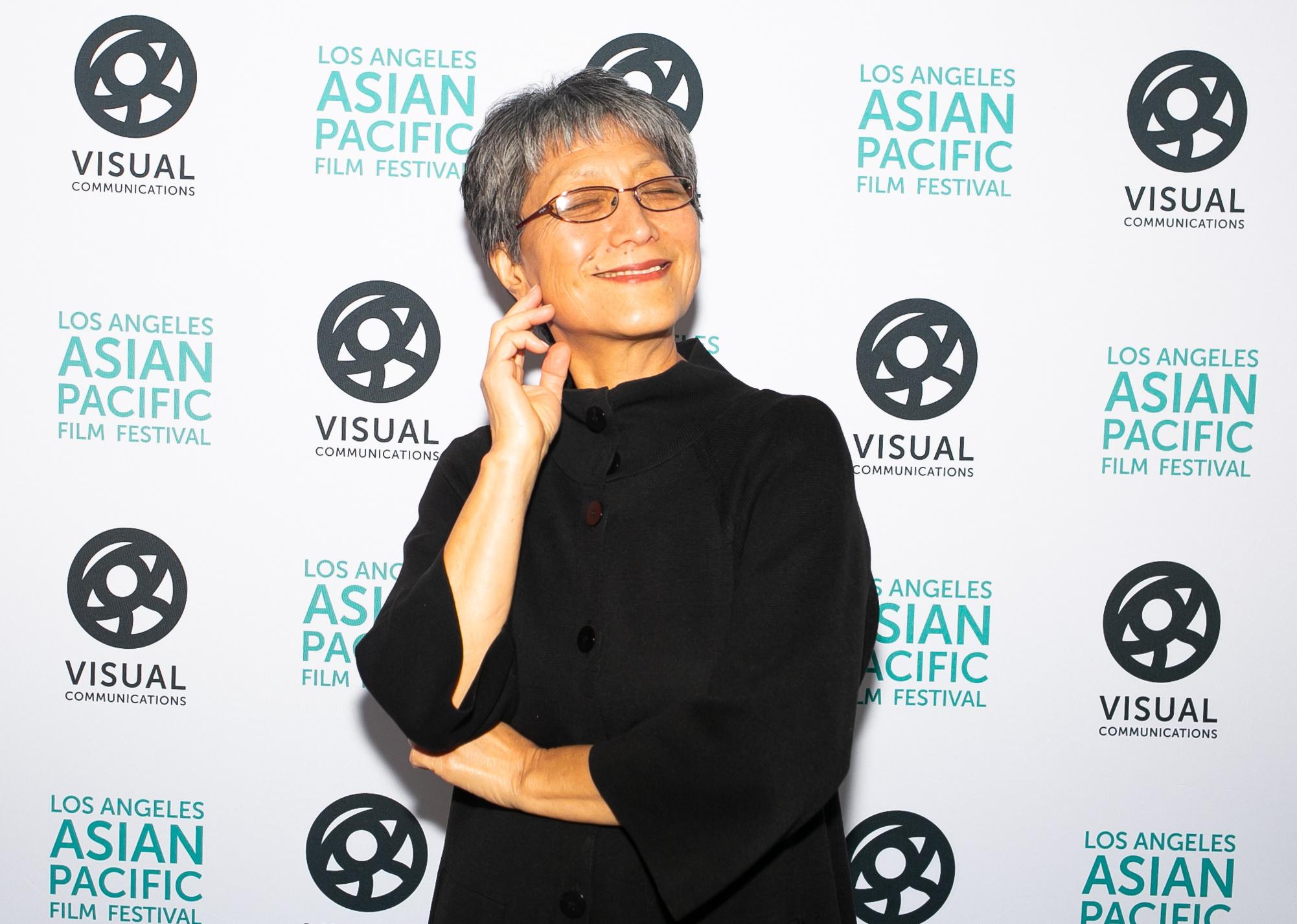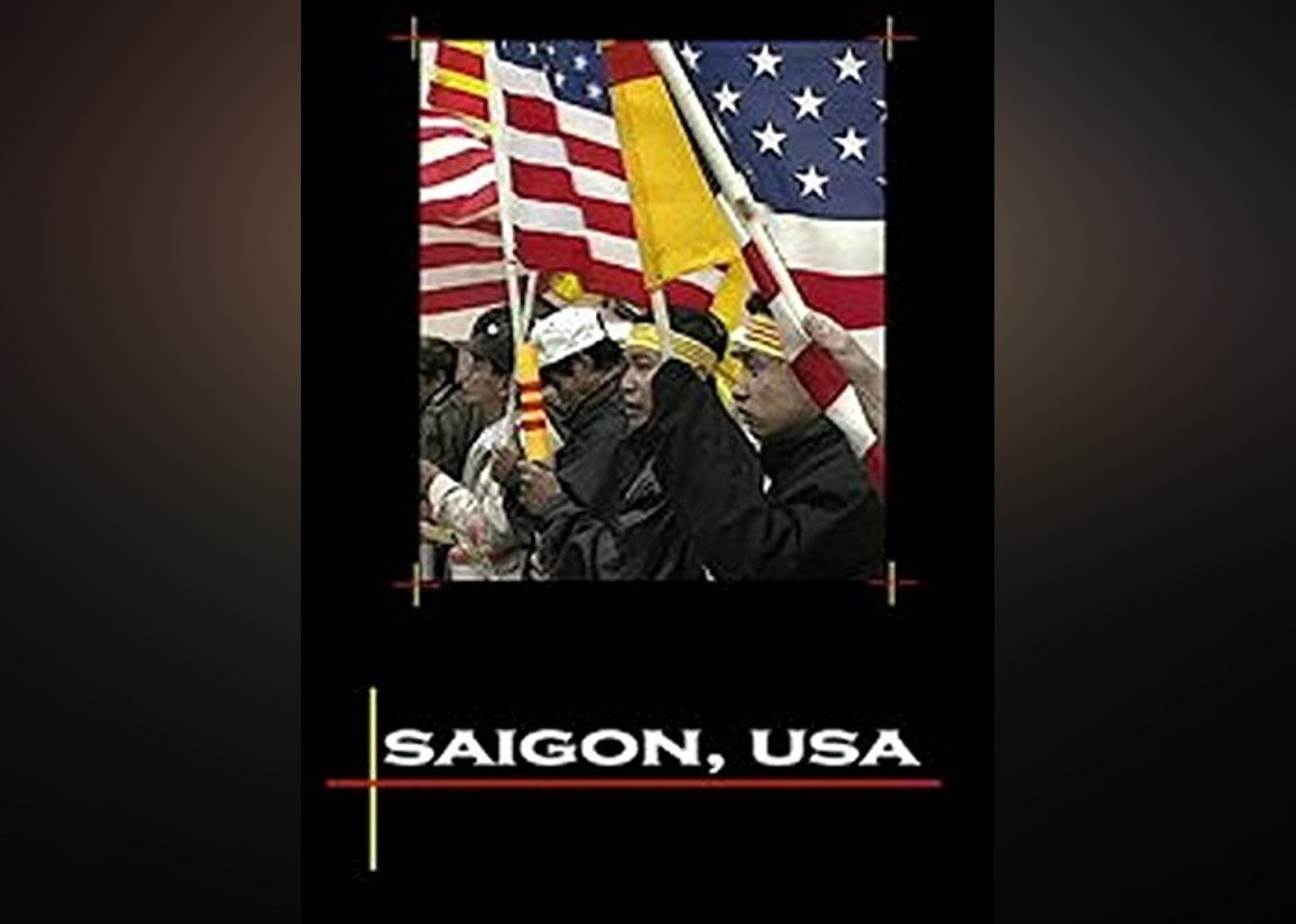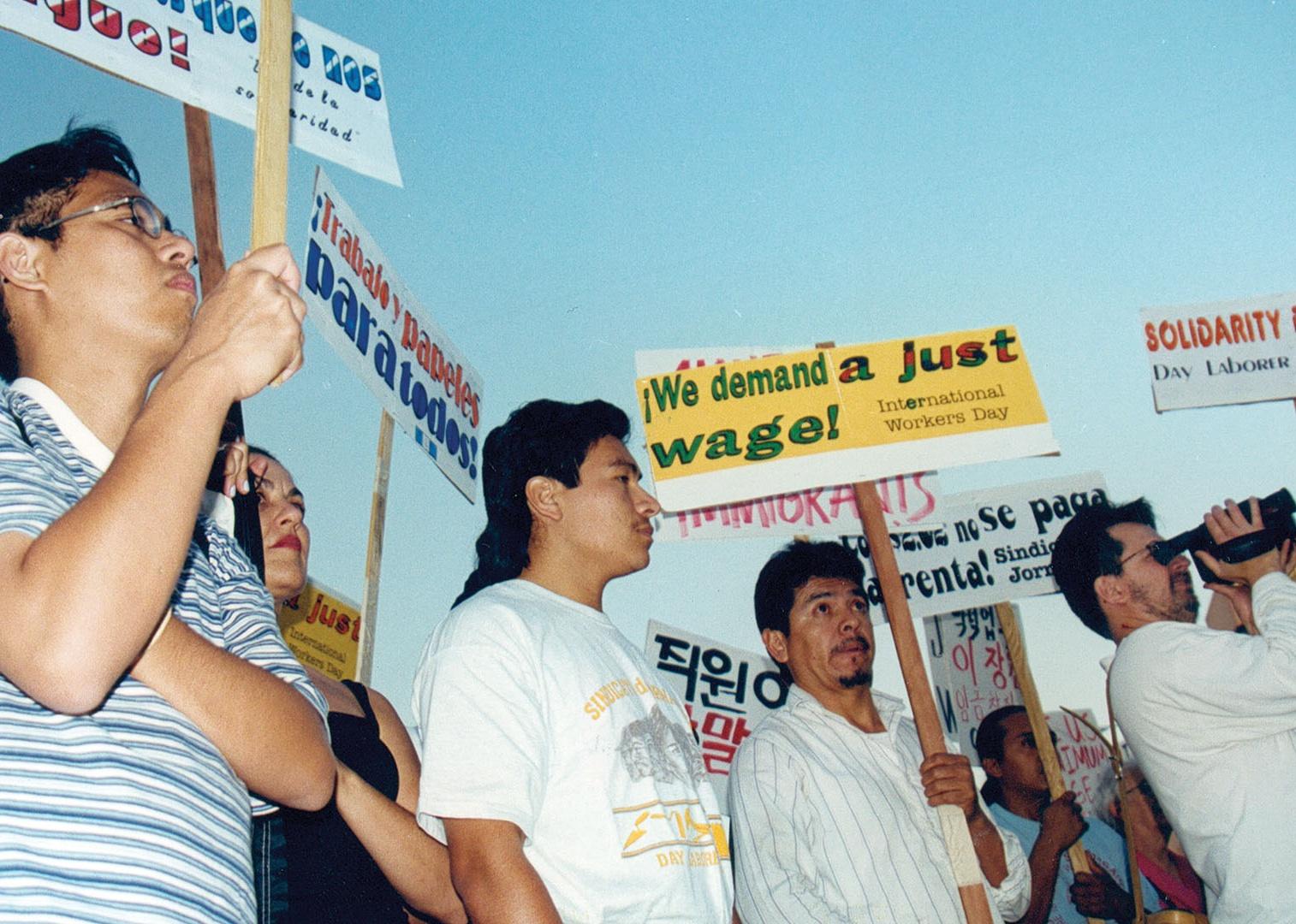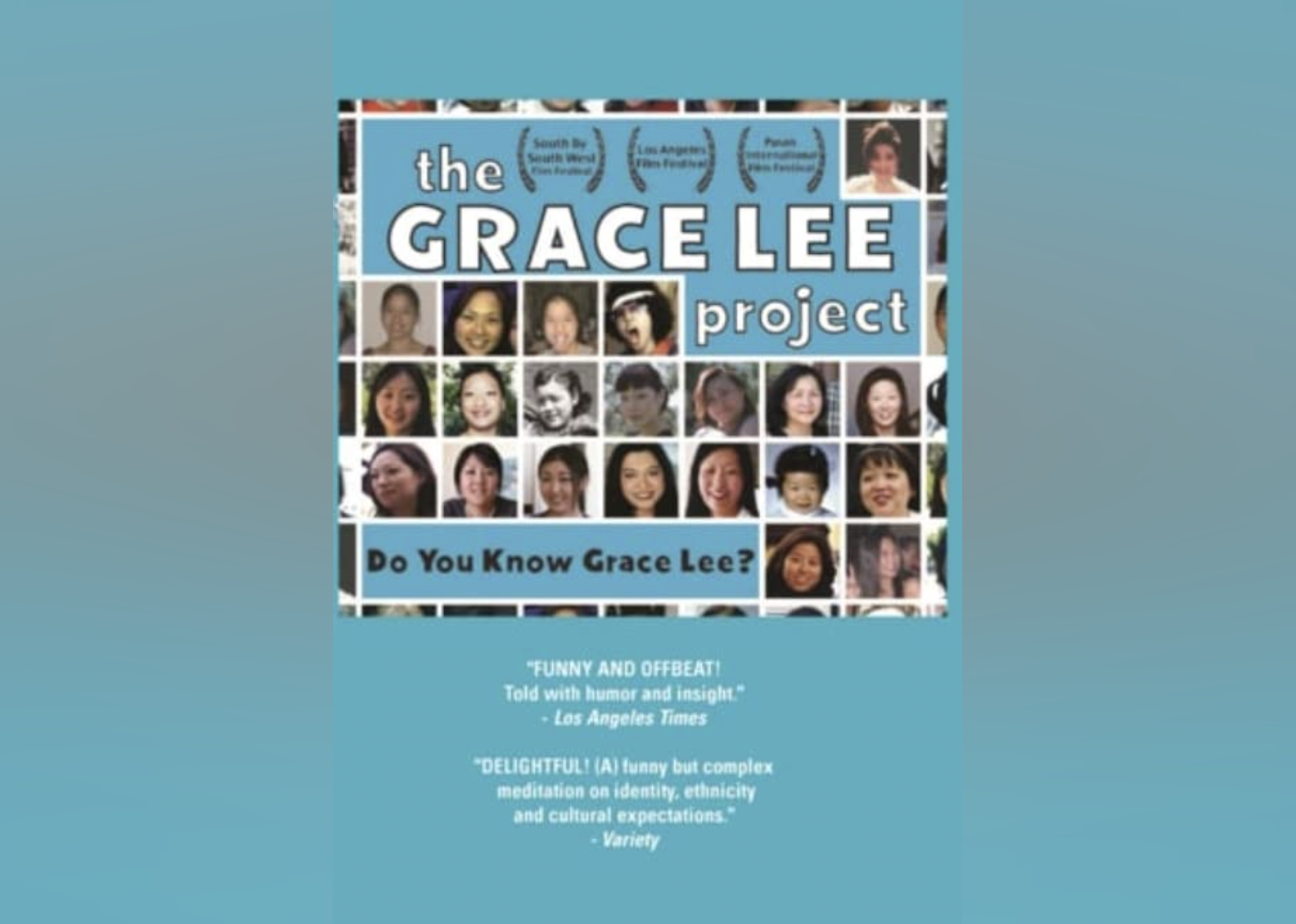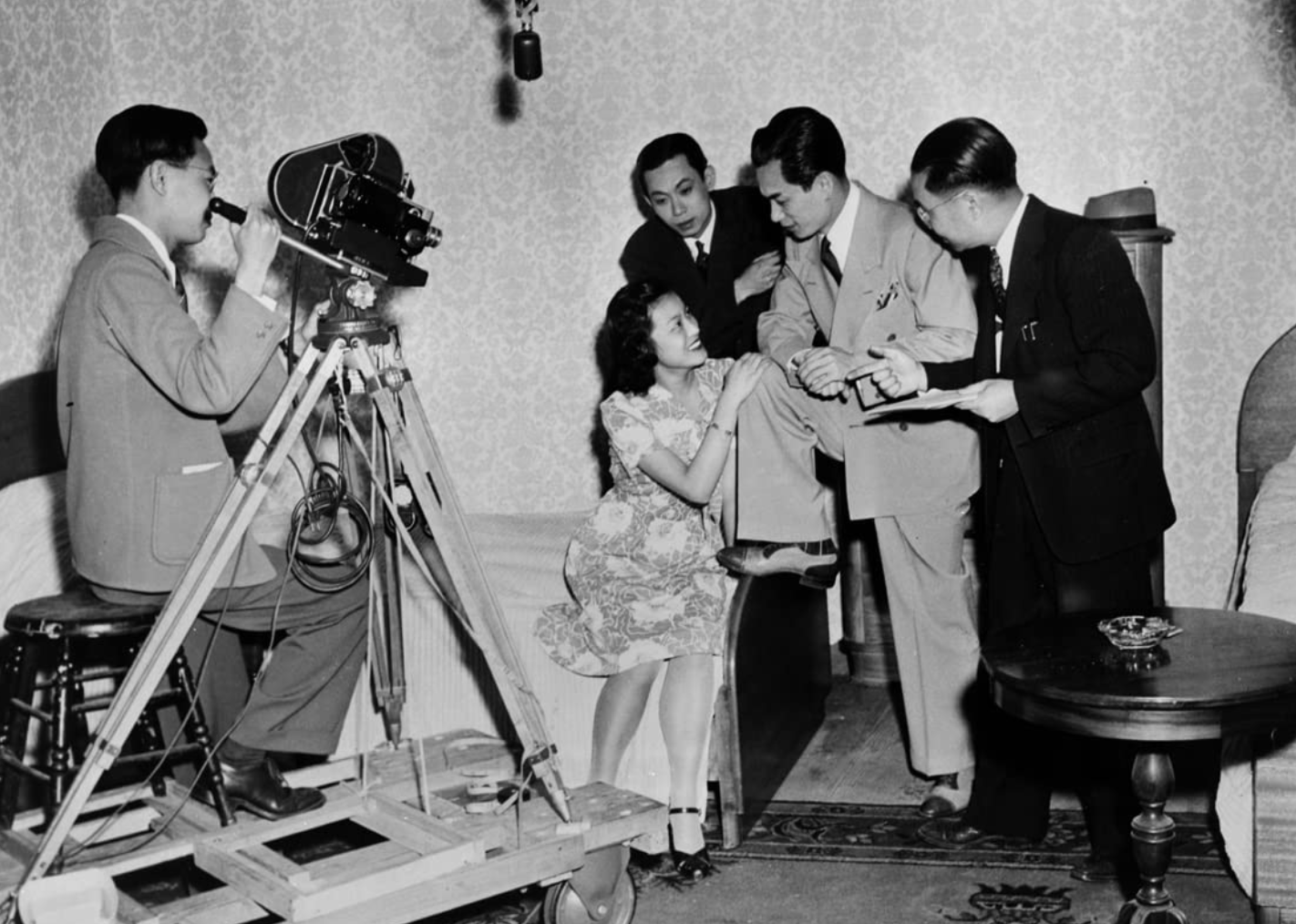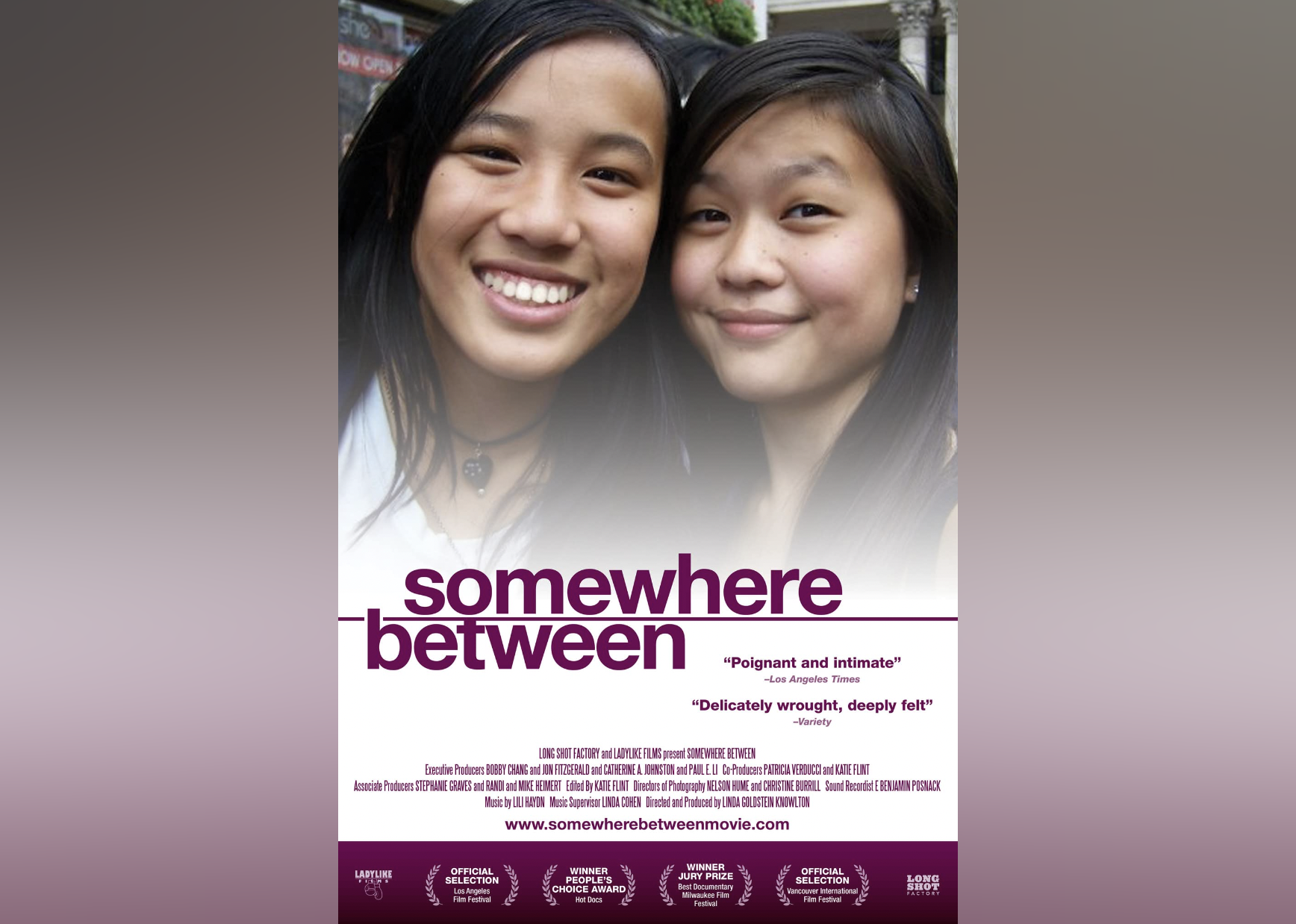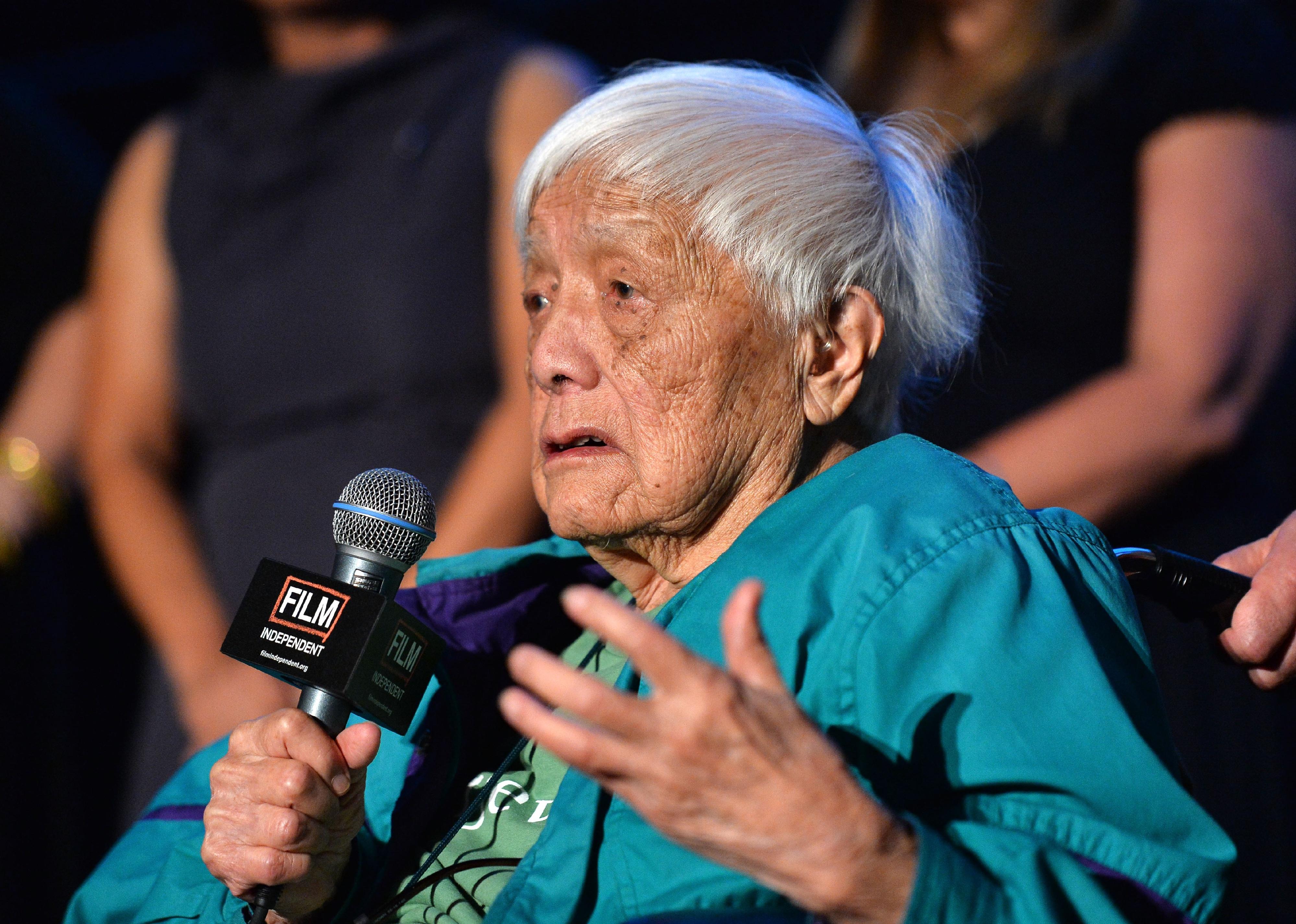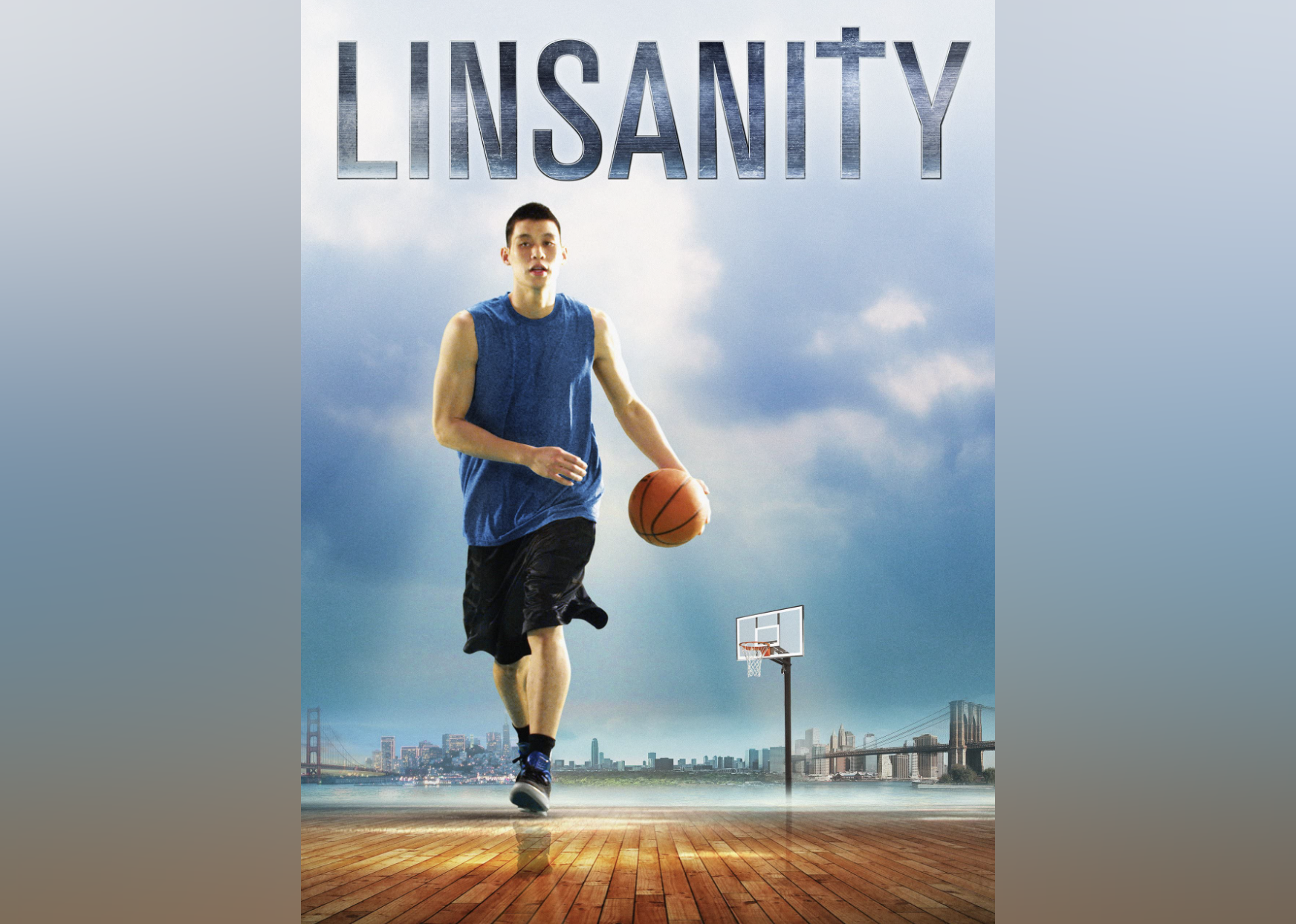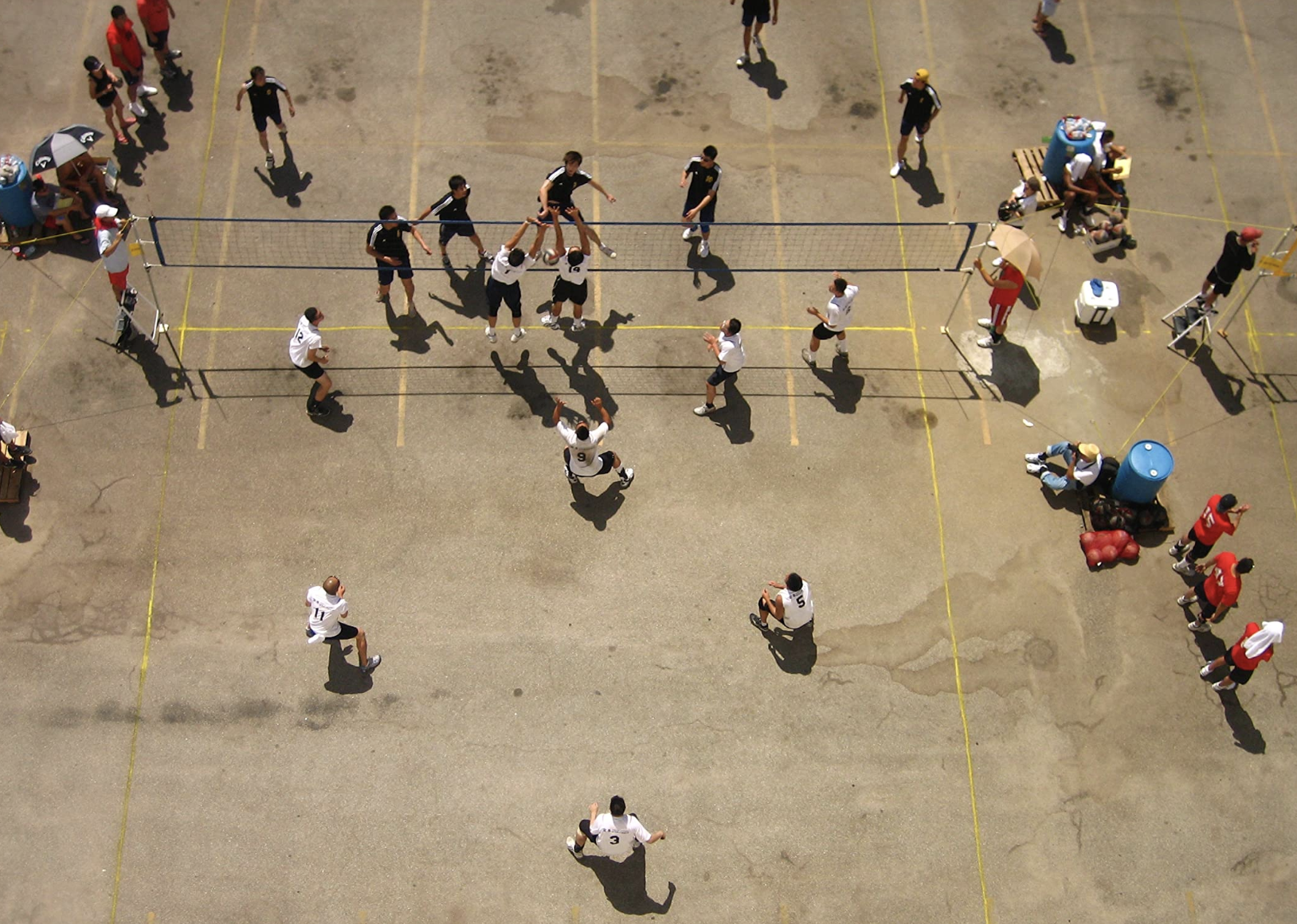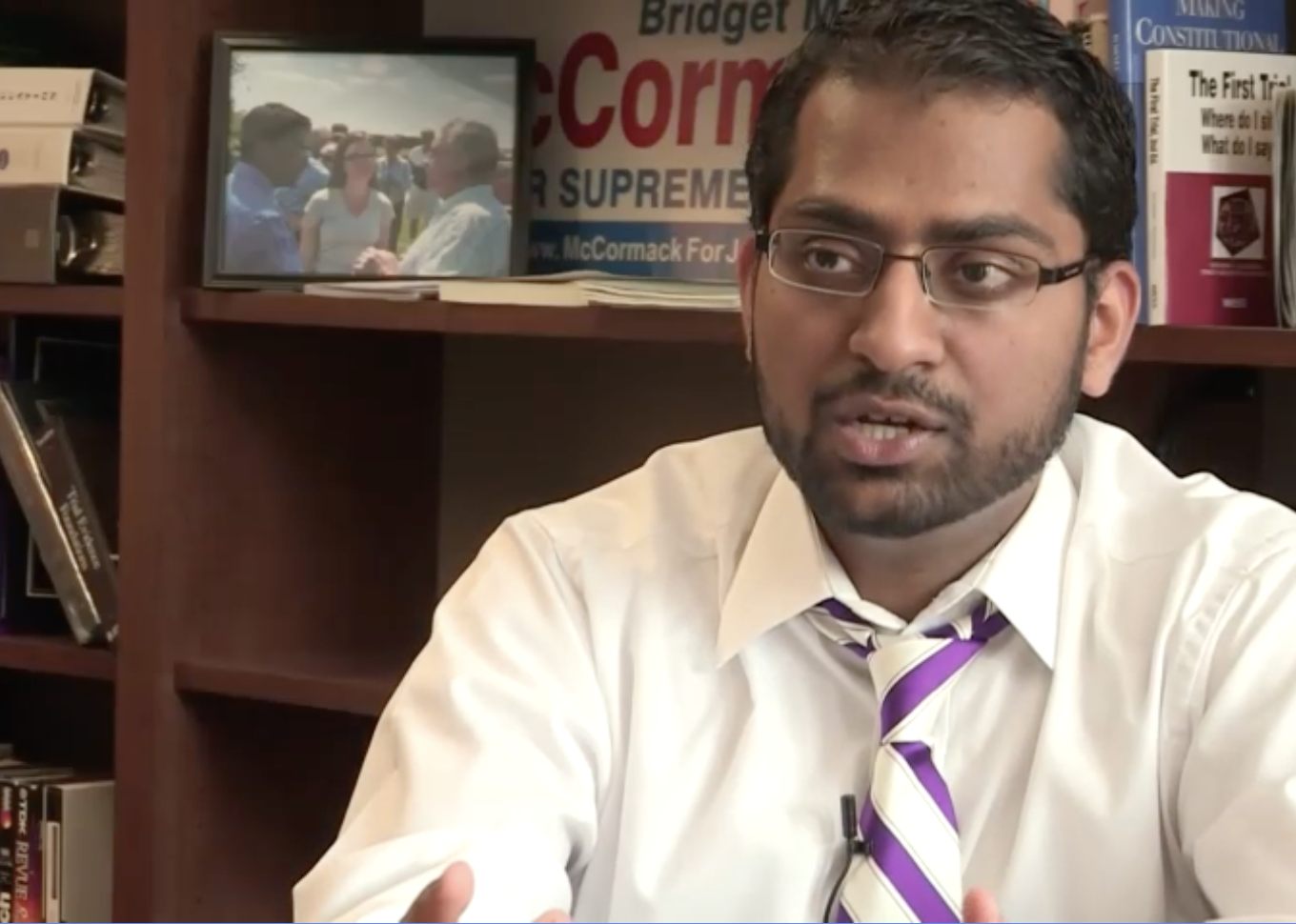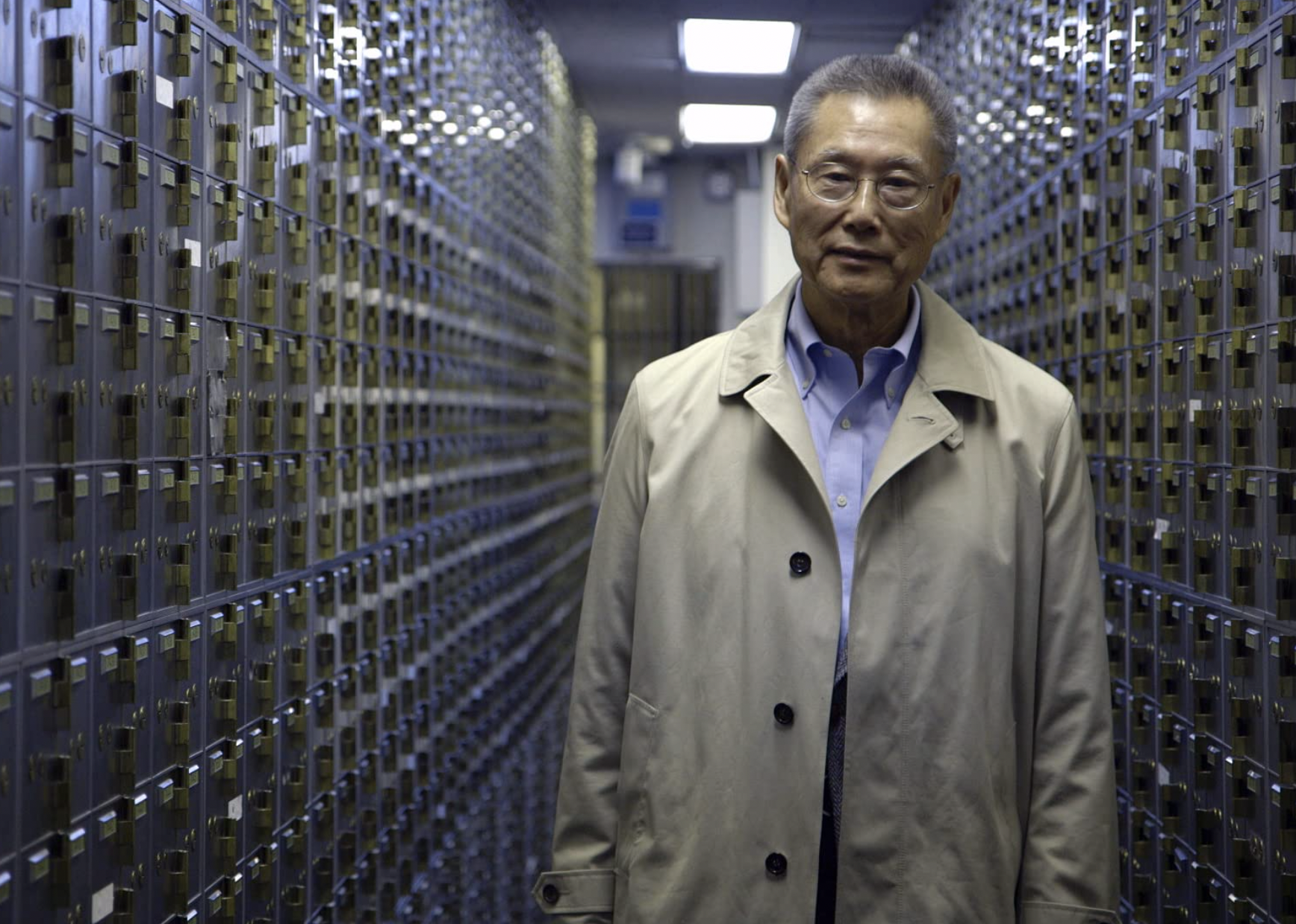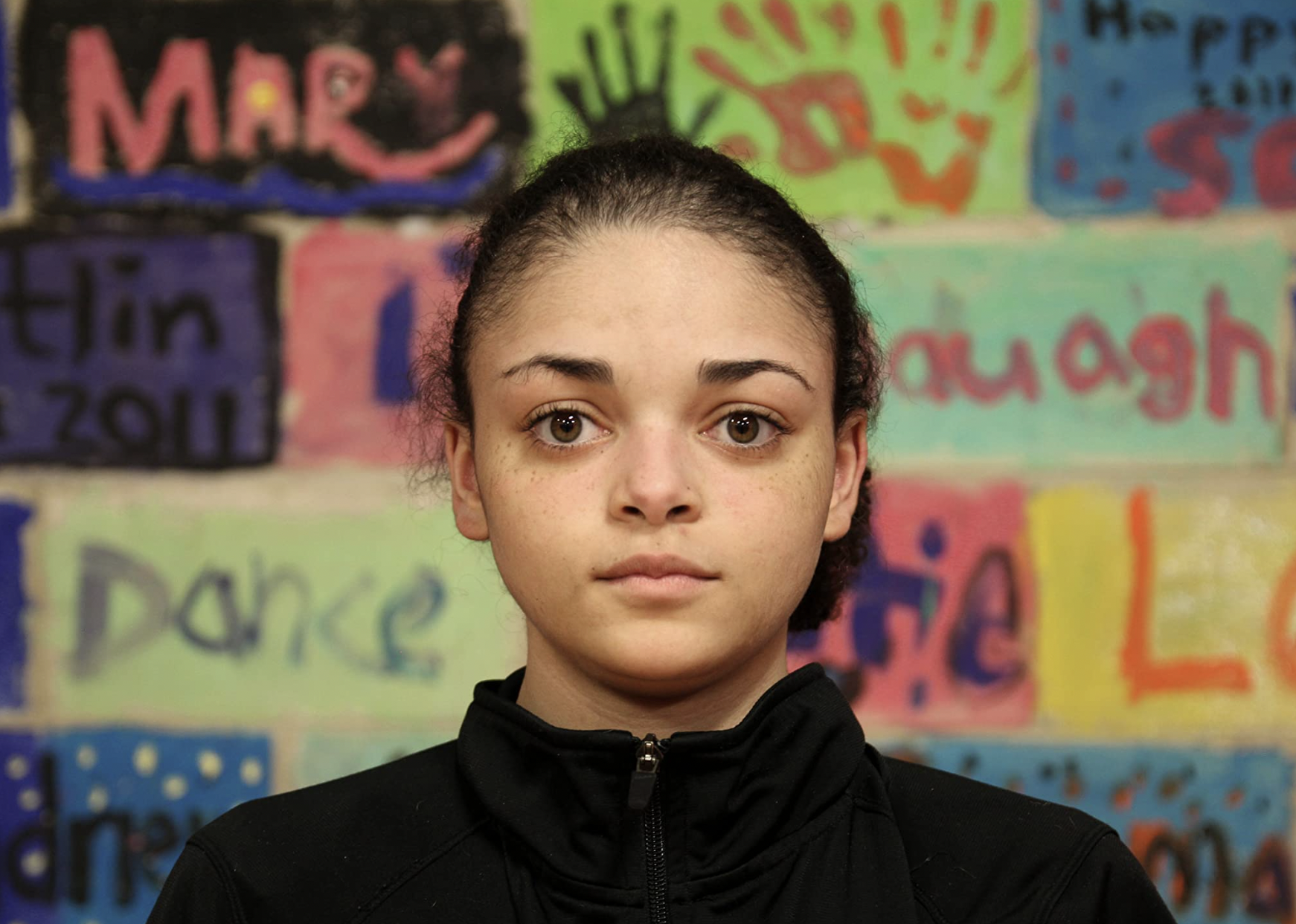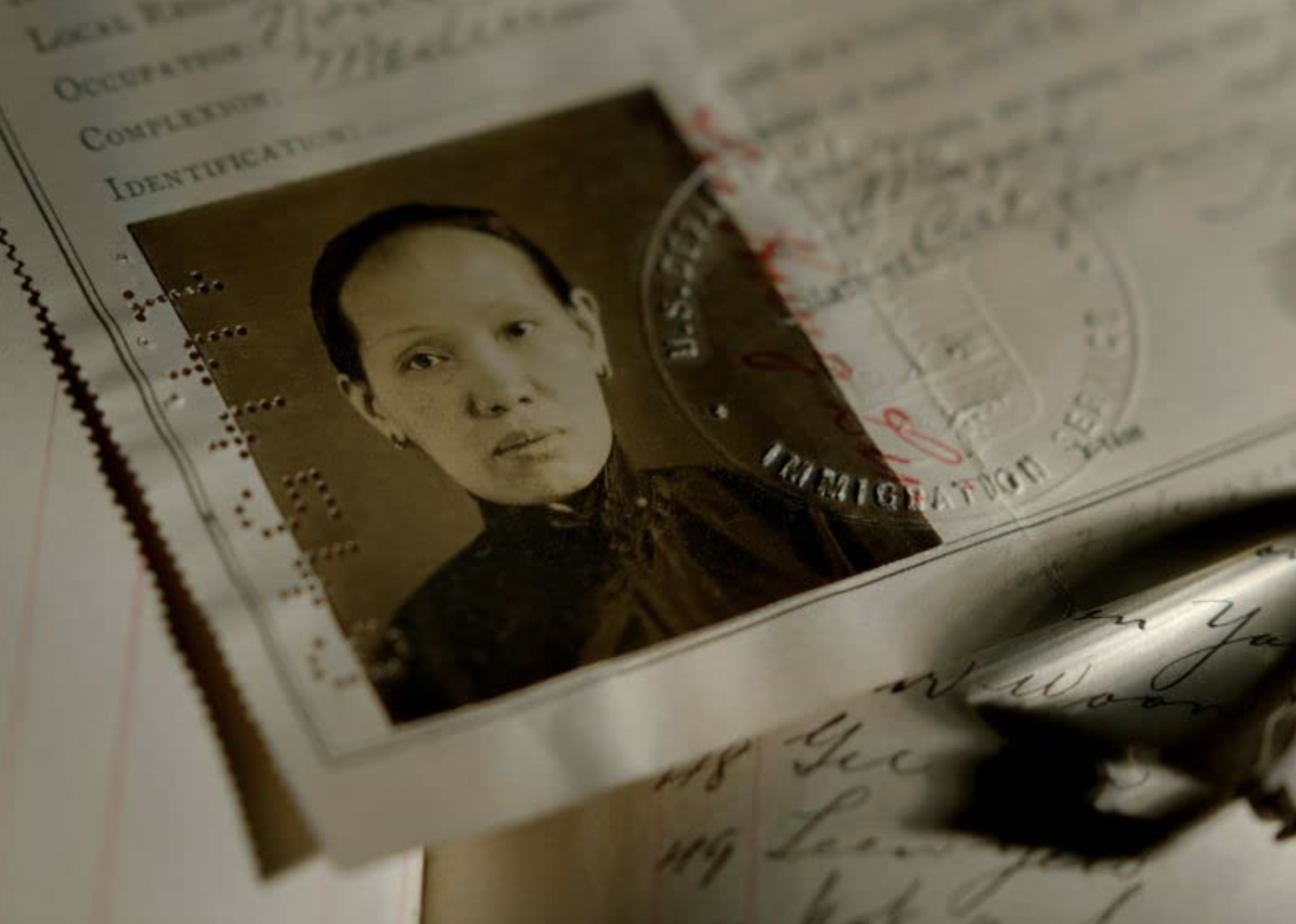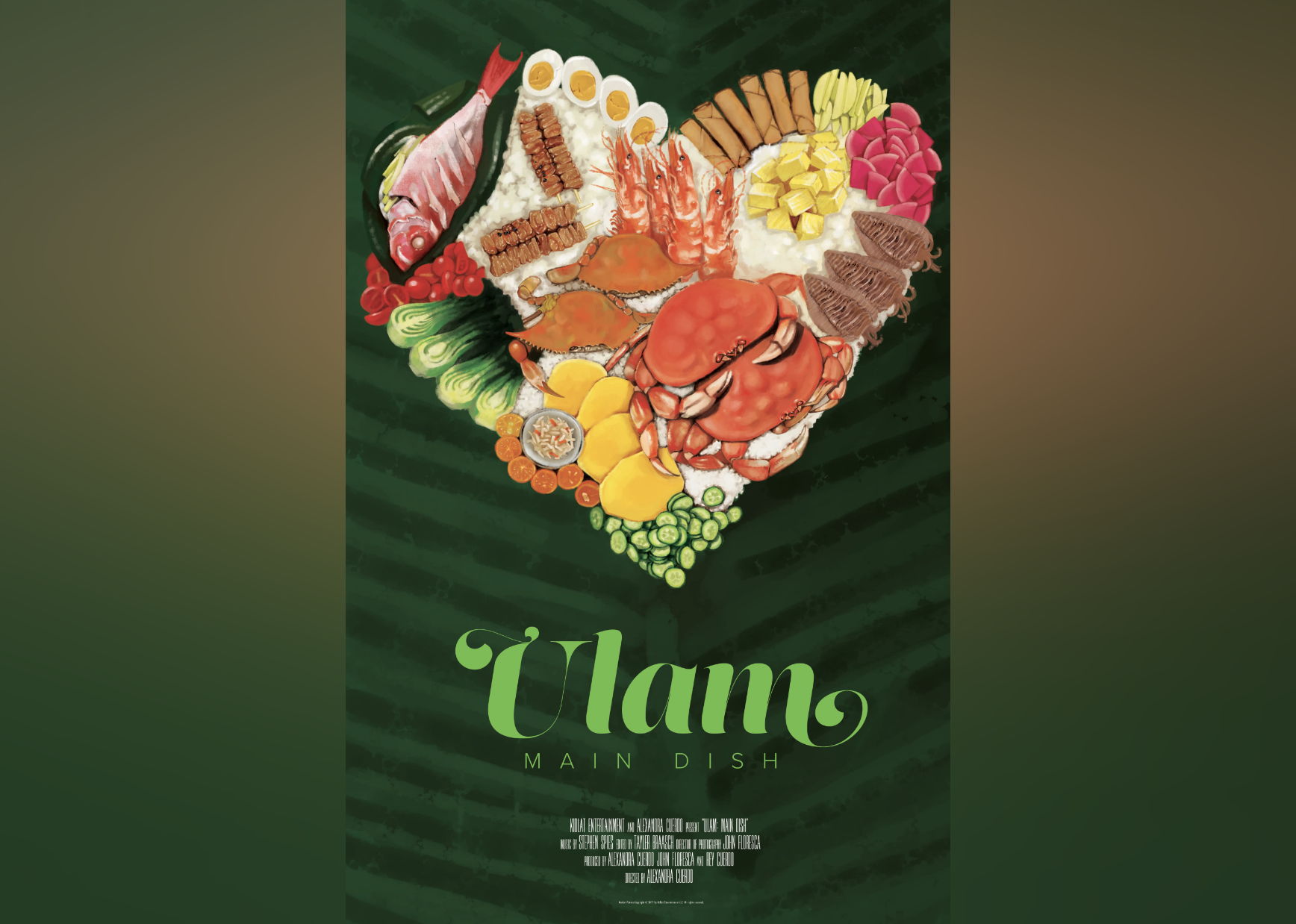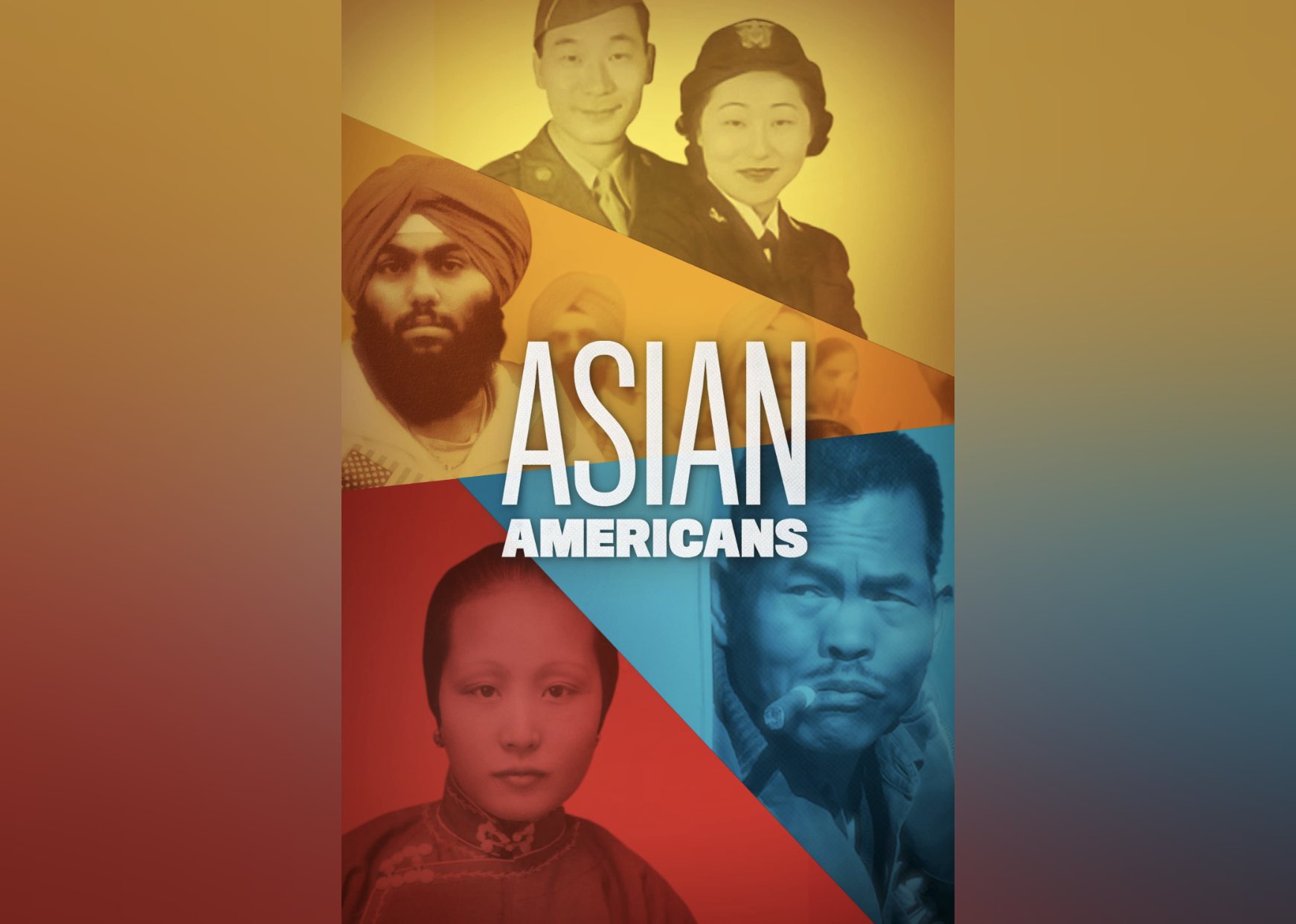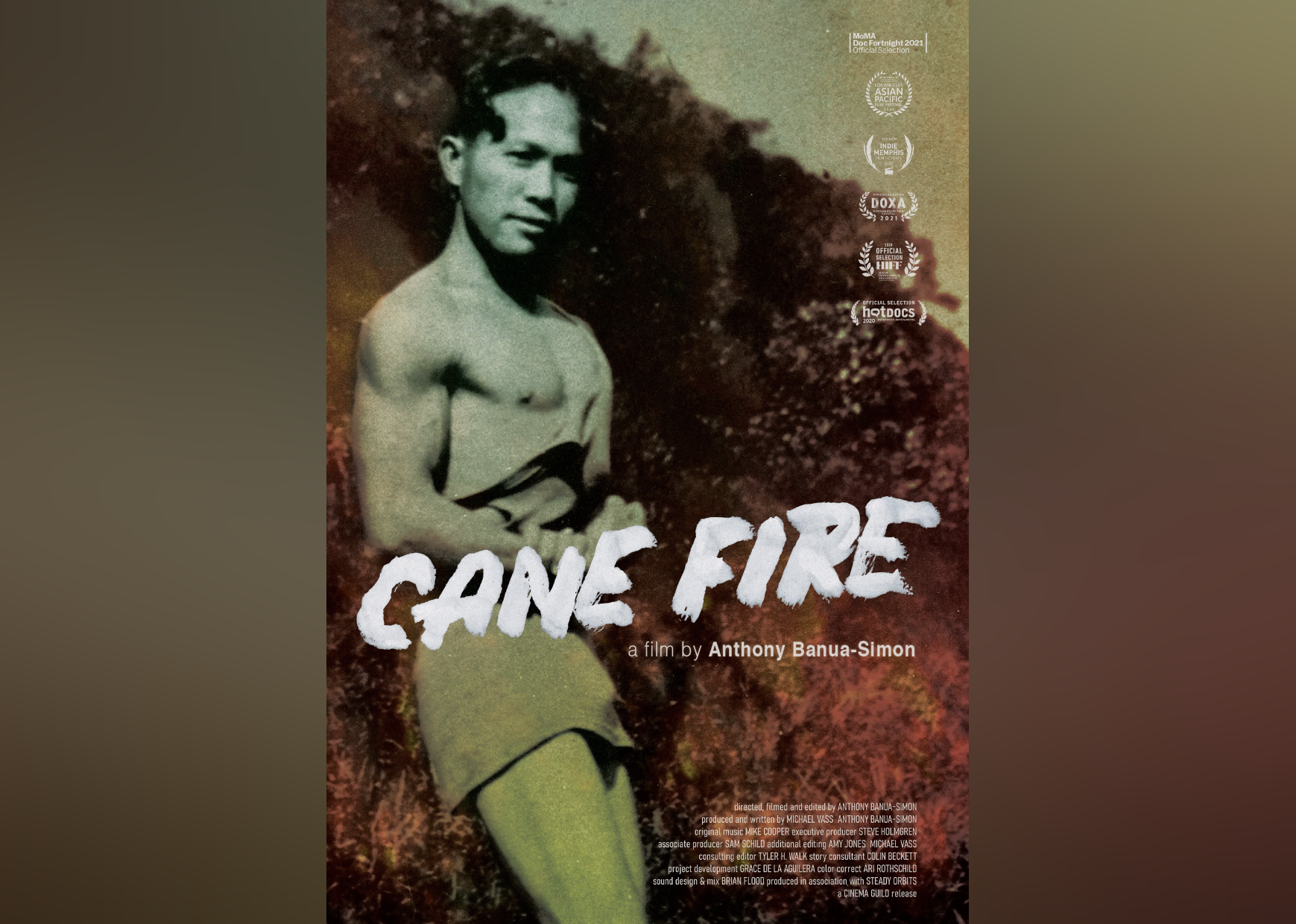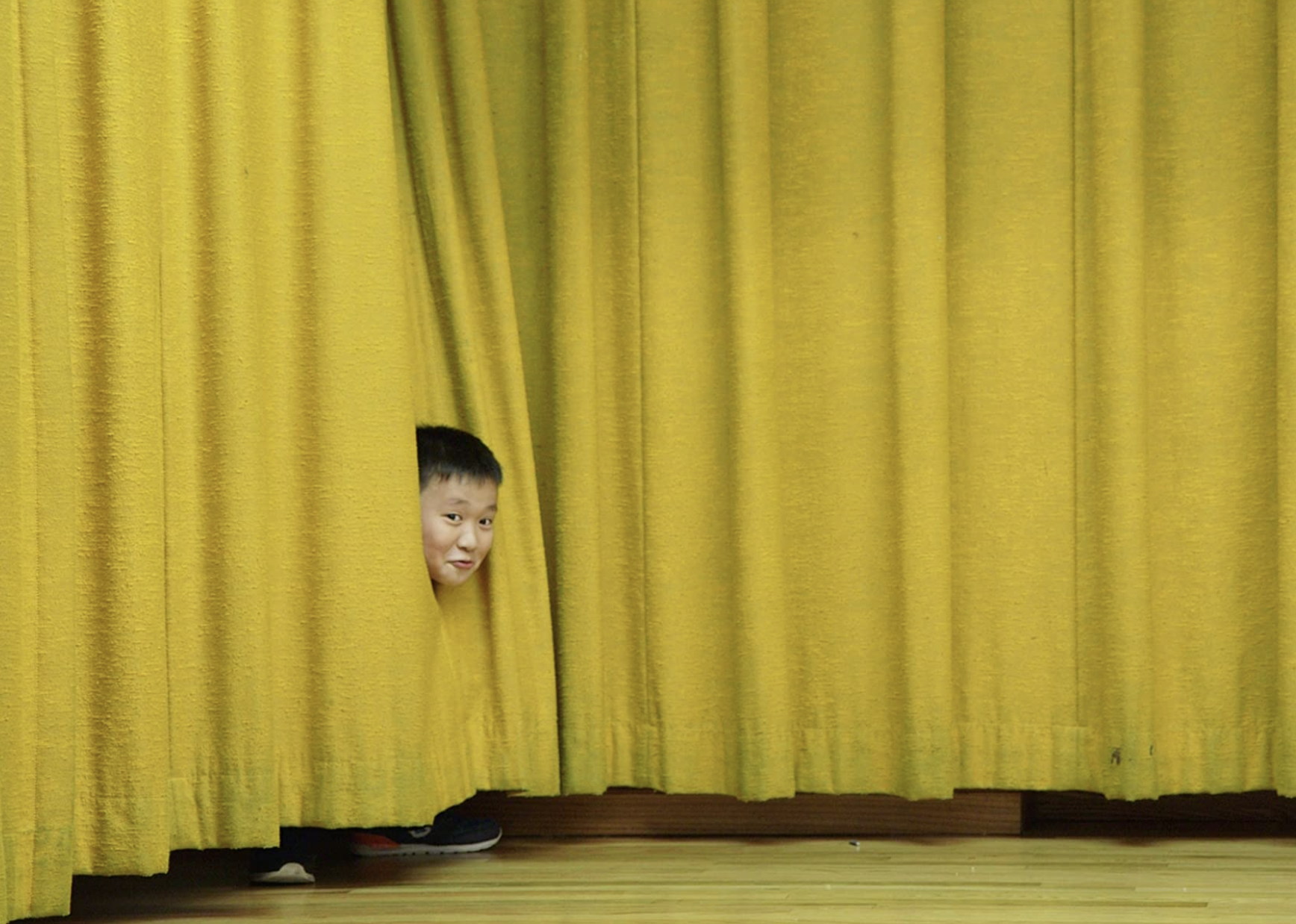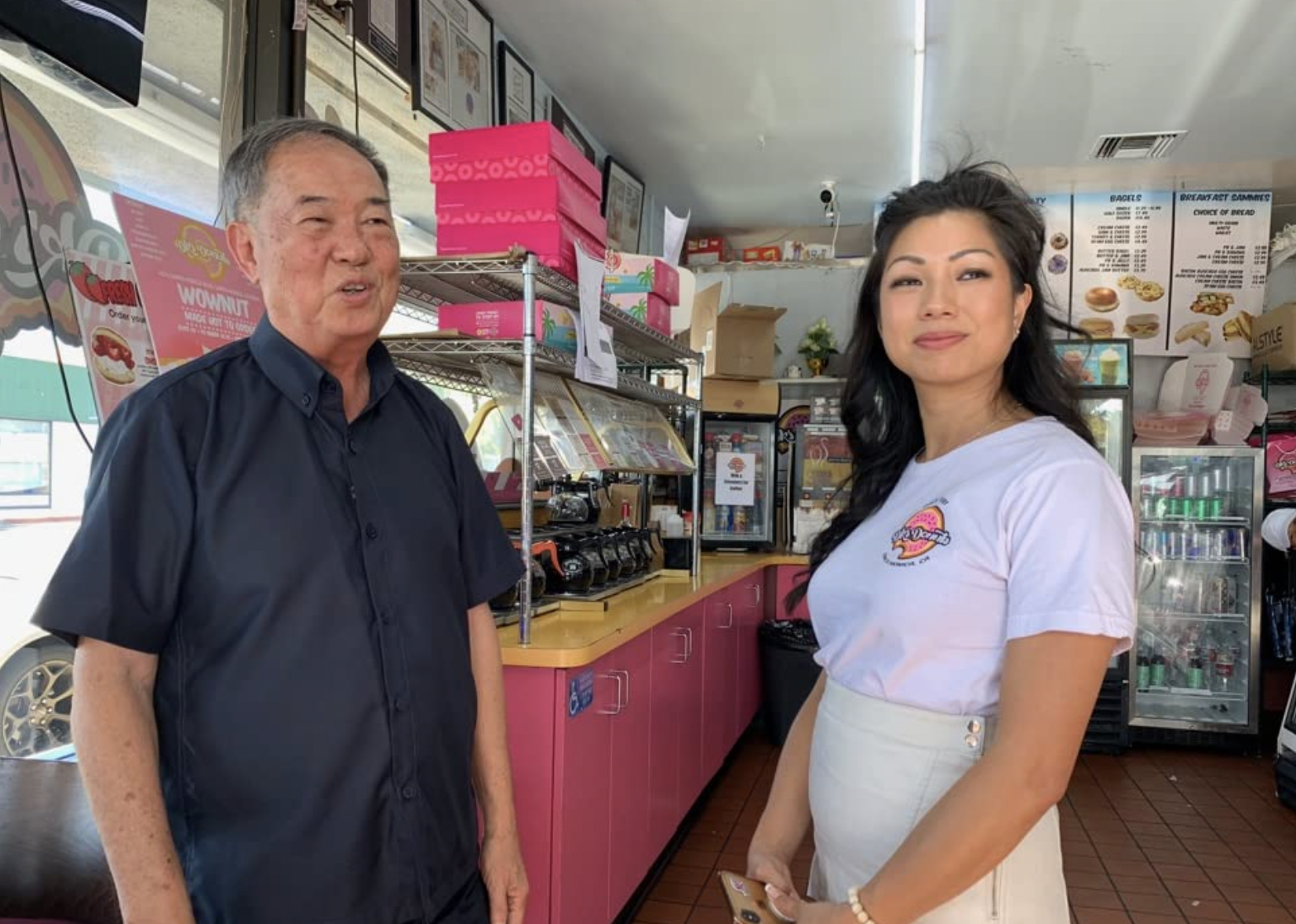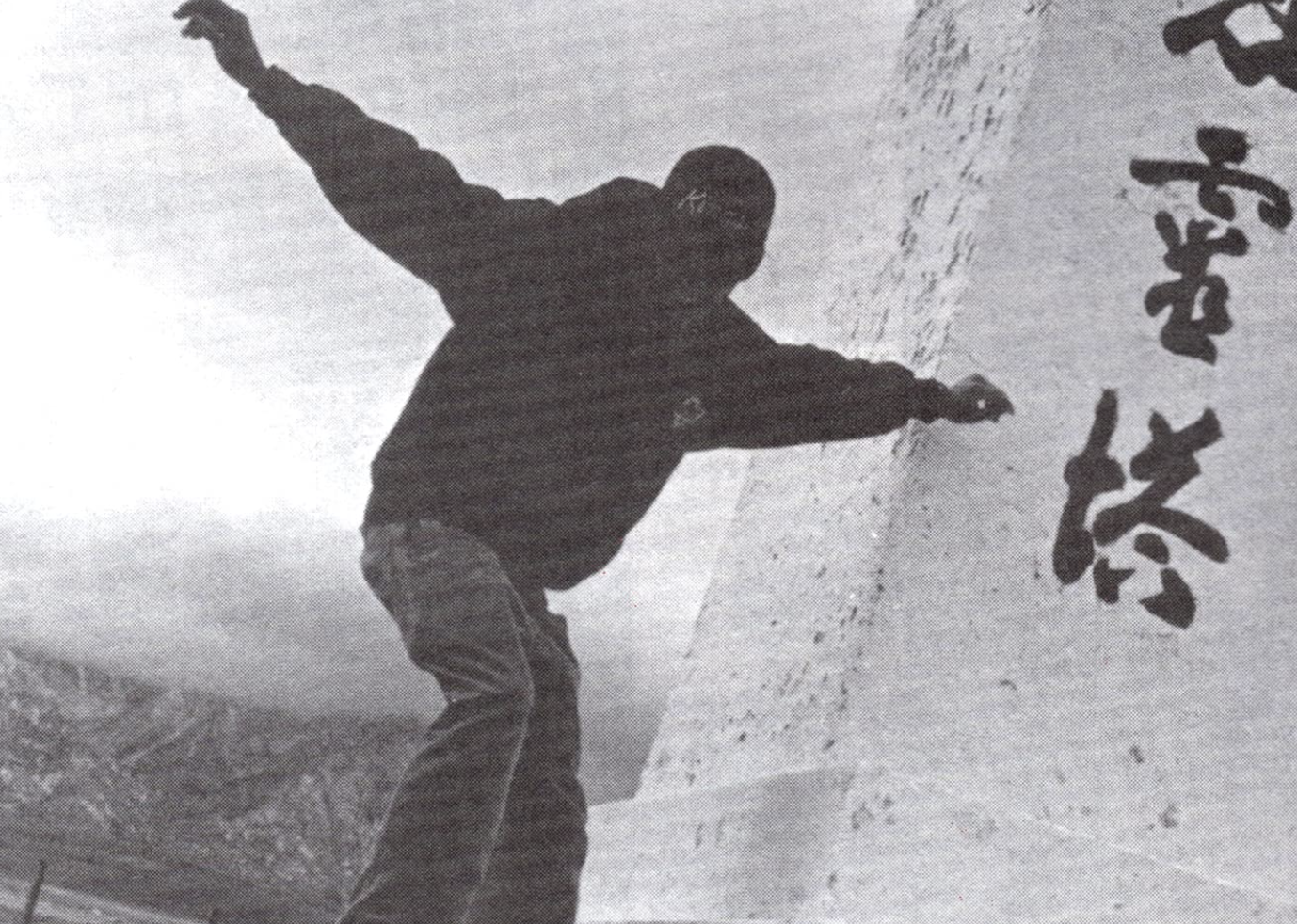More than 22 million people living in the United States are categorized as Asian Americans, and they are by no means a monolith.
According to Pew Research, their origins can be traced back to more than 20 countries, each with its own distinct cultural practices and histories that have shaped their American experience. While it is a challenge to grasp the full spectrum of what it means to be Asian in America, documentaries have been produced to give viewers a glimpse of how this experiences life in a multitude of ways and through different historical lenses and generations, navigating discrimination and pivotal political events in the country.
compiled a list of 25 feature-length documentaries, organized by their release date, to watch that explore themes and tackle issues that continue to impact the lives of this changing population in the United States, including cultural identity, generational division, and racial discrimination, as well as social justice, healing, determination, and resilience.
Through these documentaries, you'll meet kids at a public school's award-winning theater program in New York's Chinatown, follow filmmakers travelling and collecting personal stories across the country, see adoptees returning to their birthplace, watch a basketball star dunking on national TV, and witness a family of lawyers challenging the American judicial system.
These aren't just Asian American stories; these are American stories.
Bettmann // Getty Images
Who Killed Vincent Chin? (1987)
- Directors: Christine Choy, Renee Tajima-Pena
- Runtime: 82 minutes
Violent attacks against Asian Americans have been part of the American landscape since Chinese immigrants first arrived in the mid-1800s, with the perpetrators of some of the most horrifying attacks—the , for instance—walking free. More than a century later, that was still the case in Detroit.
Twenty-seven-year-old Vincent Chin was beaten to death with a baseball bat in 1982 by white assailants, a father and his stepson, who eventually confessed to the crime and were charged with manslaughter (rather than murder)—but never served any time.
Through archival footage, interviews with those connected to the murder and the cases that followed, Christine Choy and Renee Tajima-Pena's Oscar-nominated doc examines factors that may have led to the murder and weak sentencing and how Asian Americans (who formed the American Citizens for Justice) and other communities came together to demand justice for Chin in the first civil rights case in history to involve an Asian American.
DeepFocus Productions Inc.
Forbidden City, U.S.A. (1989)
- Director: Arthur Dong
- Runtime: 56 minutes
San Francisco has been home to generations of Chinese Americans, but what's not as widely known is there was a Chinese nightclub that opened in 1938 that broke all perceived stereotypes of what it meant to be Chinese. At Charlie Low's Forbidden City, dancers and singers performed nightly (some scantily clad) to packed houses, featuring stars such as the Bubble Dancer, the Chinese Fred Astaire, and Chinese Sally Rand. "Forbidden City, U.S.A." gives viewers a look at the lively Chinese-owned and operated nightclub scene of the 1940s and its importance to the community through interviews with those who frequented Forbidden City and tells the goings-on inside what one woman described as "a three-ring circus every day."
ITVS International
My America… or Honk If You Love Buddha (1997)
- Director: Renee Tajima-Peña
- Runtime: 87 minutes
Travel across the country with filmmaker Renee Tajima-Peña in this Sundance Award-winning project profiling different Asian Americans who uncover buried histories—one such discovery involves the site of a former Japanese American concentration camp she visits with activist Yuri Kochiyama—to document the changing Asian American population, both in size and diversity. It's an America vastly different from the one Tajima-Peña remembers decades ago on family vacations as a child, when they crossed different state lines without seeing another Asian.
Multihyphenate personality Victor Wong (known most for his acting work) inspired the film and is prominently featured, memorably sharing how he became a beatnik and befriended Jack Kerouac. Questions Wong poses in the doc: "What is an Asian American? Am I Asian? Or am I an American?"
Emil Ravelo // Getty Images
First Person Plural (2000)
- Directors: Deann Borshay Liem, Jefferson Spady
- Runtime: 60 minutes
In this poignant documentary, Deann Borshay Liem reflects on her upbringing in a middle-class American family by white parents who adopted her from a South Korean orphanage when she was 8 years old and the motivation that led her to find her birth parents as an adult. Her "American" childhood is shown through family photos and her father's film footage, one devoid of a Korean identity. Early on, she reveals startling details about her adoption story (further explored in her 2010 documentary "In the Matter of Cha Jung Hee") and historical events in South Korea that led to a wave of transnational adoption.
Frank conversations with her American family members are also captured, leading up to and during the first meeting of both her families in South Korea. The documentary brought attention to the complex issues of transnational and transracial adoption—loss of language, culture, and birth name, among them, as well as adoptees feeling torn between cultures and families.
Lindsey Jang and Robert C. Winn
Saigon, U.S.A. (2004)
- Directors: Lindsey Jang, Robert C. Winn
- Runtime: 57 minutes
"We are all these things that other Americans are … but we are also refugees" is a sentiment expressed in the opening of the documentary set in Little Saigon, a neighborhood in Orange County, California, home to the largest population of Vietnamese Americans in the country and the biggest Vietnamese community outside of Vietnam.
"" recounts the history of Vietnamese people fleeing the country to the U.S. through painful personal accounts and how their refugee status from a war-torn country has impacted their lives. It also examines the importance of the 53 days of protests in early 1999 in Little Saigon—sparked by a shopkeeper's public display of support for Ho Chi Minh—that made national headlines and divided the community.
Contrasting views from different generations are expressed about what freedom and being American mean to them in light of the man's demonstration of his First Amendment rights, but also how the event unexpectedly led the community to heal old wounds.
Robert C. Winn
Grassroots Rising (2005)
- Director: Robert C. Winn
- Runtime: 56 minutes
The struggle of Los Angeles' working-class immigrant communities for the American Dream is examined through the stories of workers fighting together for better pay, working conditions, and equal rights with such organizations as the Asian Pacific American Labor Alliance and Garment Worker Center.
Providing a better future for their kids was the motivation for many of the workers—day laborers, caregivers, garment, and restaurant workers—who spoke about the sacrifices that goal entailed, as well as how they were deceived by companies that brought them to the United States to work.
The words of artist Alison de la Cruz also give voice to their hopes, disappointments, and resilience, as the doc reveals the power of Asian American labor movements, past and present.
Grace Lee
The Grace Lee Project (2005)
- Director: Grace Lee
- Runtime: 68 minutes
Growing up in Columbia, Missouri, there weren't many kids who looked like Lee, a uniqueness she'd come to embrace. But when she moved away, director Grace Lee discovered her name was ubiquitous: tens of thousands shared her name and primarily left positive impressions on acquaintances and colleagues. In an effort to delve deeper (and hopefully find Graces who didn't fit that mold), the documentary follows the director as she launches an online project that connects her to hundreds of others who share her name.
In "The Grace Lee Project," viewers watch her travel across the country to meet them and learn their personal stories and motivations—including activist Grace Lee Boggs, who would be the subject of a future doc—in this extraordinary exploration of how Asian American women are perceived and see themselves.
DeepFocus Productions Inc.
Hollywood Chinese (2007)
- Director: Arthur Dong
- Runtime: 90 minutes
Being an actor of Asian descent in America has historically been (and continues to be) a career full of obstacles, with few roles to choose from—often as sidekicks, one-dimensional or stereotypical "exotic" beauties, perennial foreigners, or worse. "Hollywood Chinese" shows how the Chinese have been depicted on the big screen, starting with the silent era, including how white actors performing in yellowface were the status quo and were even awarded Oscars for doing so.
Film clips and stills from numerous films are featured—starring such screen icons as Anna May Wong, Nancy Kwan, and James Hong—and commentary from well-known actors of the day, along with other industry professionals who provide additional perspectives on the impact of Chinese in Hollywood and vice versa.
Ladylike Films
Somewhere Between (2011)
- Director: Linda Goldstein Knowlton
- Runtime: 88 minutes
See Asian American and transracial adoptee life through the stories of four teenagers who were adopted from China when they were young. At the time of the film's release, they were among the estimated 80,000 girls adopted from the country since 1989.
The documentary shows slices of their everyday lives in different parts of the U.S., offering their very personal takes on being adoptees from a different country raised in white families while also chronicling their journeys to their birthplace. What they share in common and what distinguishes the girls is revealed over the course of the film, as well as their hopes for the future during a pivotal time in their lives.
Filmmaker Linda Goldstein Knowlton, who is white, was compelled to embark on this ambitious project partly because of her adopted Chinese daughter, Ruby. "How could I be there for her? I realized that I had the opportunity to explore my questions with many 'experts,'" she . "I chose to follow four girls, trying to represent a diversity of experience and geography, and see what they had to say."
Kane Diep
Uploaded: The Asian American Movement (2012)
- Director: Kane Diep
- Runtime: 75 minutes
Today, filmmaker Kane Diep is known for the viral video content he has produced, with such internet-friendly titles as "I Asked My Mom 11 Intimate Questions Before It's Too Late," "Short Guys Try Being Tall for the First Time," and "Asian Americans Recreate Iconic Magazine Covers."
A little over a decade ago, he was also responsible for creating an important time capsule about Asian American pop culture with "," which features interviews with 60 Asian American creatives —from dancers and directors to content producers and cultural critics—who share their varied experiences.
The experiences covered in the project include being the token Asian in their respective industries, the limited "other" roles available to them (often stereotypical), the movies and TV shows that influenced them, and how digital platforms helped them reach global audiences on their own. You'll inevitably wonder as you listen to their stories, has much changed for Asian Americans in entertainment in the past decade?
Amanda Edwards // Getty Images
American Revolutionary: The Evolution of Grace Lee Boggs (2013)
- Director: Grace Lee
- Runtime: 82 minutes
Filmmaker Grace Lee Boggs paints a remarkable portrait in "," tracing the Boggs' involvement in radical movements for more than 70 years, beginning with meeting Black activists in Chicago and then in Detroit. Lee interviewed Boggs over the course of 10 years, following the spirited Boggs as she taught classes and visited with friends (often arguing with them). You'll even see the director giving Boggs a haircut. That's how personal this work is.
Within the first few minutes of the film, you'll be hooked on Boggs' voice. The activist recalls how she and her husband, Alabama native and author James Boggs, met and would become pivotal figures in the grassroots Black power movement during the 1960s that would include launching an all-Black political party. (The FBI had thick files on both of them.) One of the scenes that stands out is when Boggs, then in her late 80s, passionately says while pounding her hands on the table, "I think that if we stick to those categories of race and class and gender, we are stuck."
408 Films
Linsanity (2013)
- Director: Evan Jackson Leong
- Runtime: 89 minutes
Basketball player Jeremy Lin's rise from relative obscurity to starting point guard for the New York Knicks was a story not even the most imaginative writer could have scripted: an Asian American NBA star? As one broadcaster said, "He just didn't fit the mold."
In "Linsanity," Lin shares how this widespread sentiment played out in his life, having been doubted as a player by staff whenever he visited gyms for practice and enduring a barrage of racist taunts and slurs as a point guard for Harvard—never knowing unexpected stardom would greet him on the other side.
For people who lived through "Linsanity" and those who have yet to hear his story, the documentary has all the spectacular footage that made him an international sensation and a source of Asian American pride. In the doc, Lin says, "I know God orchestrated this whole thing." Still, interviews with family and his early coaches speak to Lin's determination and potential while acknowledging that the path to college ball—much less the NBA—for an Asian American had yet to be paved until his arrival.
Ursula Liang
9-Man (2014)
- Director: Ursula Liang
- Runtime: 89 minutes
Sports and camaraderie are at the heart of this documentary, following teams of Chinese American men competing in the annual tournament of 9-Man, a form of volleyball played with nine players on each side of the net. The streetball game first developed in China and became a pastime for early Chinese immigrant men in the U.S. wanting a respite from grueling, low-paying jobs in restaurants and laundromats; the pervasive anti-Chinese sentiment; and laws such as the 1882 Chinese Exclusion Act. Decades later, the game is still a source of pride for Chinese American men committed to keeping the sport alive in parking lots and city streets across the country.
Merajur Rahman Baruah
Essential Arrival: Michigan's Indian Immigrants in the 21st Century (2014)
- Director: Merajur Rahman Baruah
- Runtime: 61 minutes
In 2012, Indian immigrants accounted for approximately 14% of the immigrant population in the United States and tended to be highly educated and pursued work in the STEM and health care fields. But such data provides a limited, simplistic view of the growing population, as do the popular cultural images of Bollywood performers, the IT guys, and people wearing turbans or saris.
Adding depth and nuance to these oversimplifications, producer-professor Arifaa Javed's project lets individuals of different generations in Michigan express who Indian Americans are by sharing their immigration stories, what matters to them, and the dreams they pursue, along with interviews with those from outside the community.
Blue Ice Films
Abacus: Small Enough to Jail (2016)
- Director: Steve James
- Runtime: 88 minutes
During the mortgage crisis of the late 2000s, a small, Chinese family-owned bank, Abacus Federal Savings Bank, became the focus of a criminal indictment threatening not only the family's livelihood but the lives of everyone the family served in New York's Chinatown community. Despite the Abacus owners taking the proper actions to report and fire the loan officers who had committed fraud at their bank, the bank was treated far more harshly than larger banks, with far-reaching fraud schemes affecting thousands across the nation.
Here, we watch how the founder Thomas Sung and his three lawyer daughters (one of whom had worked in the district attorney's office) respond in this real-life David-and-Goliath legal tale of an immigrant family's bank that provided loans to an overlooked and underserved community when no one did. The district attorney's unjust treatment of all parties of Chinese descent is particularly underscored—while other institutions were let off with fines—and how it affected people's view of the larger community and themselves.
Meditating Bunny Studio
Mixed Match (2016)
- Director: Jeff Chiba Stearns
- Runtime: 95 minutes
Asian Americans are the group with one of the lowest percentages of people on national donor registries, providing little hope for those of Asian descent suffering from life-threatening blood diseases of finding a match. The chances are bleaker for Asian Americans of mixed backgrounds looking for a donor.
In "Mixed Match," we hear the stories of hopeful patients, those on the donor registry who gave patients a chance at survival, and meet Athena Asklipiadis (who has Japanese and Greek heritage), the founder of Mixed Marrow, whose mission is to increase the number of multiethnic and minority bone marrow and blood cell donors. The award-winning doc by Japanese Canadian filmmaker Jeff Chiba Stearns features not only those patients of Asian descent but those of other ethnicities as well while addressing how their multiracial identity is viewed differently because the treatment of their illnesses is intimately tied to it.
Steeplechase Films
The Chinese Exclusion Act (2017)
- Directors: Ric Burns, Li-Shin Yu
- Runtime: 114 minutes
Most Americans wouldn't be able to tell you what the Chinese Exclusion Act of 1882 was. The federal law restricted Chinese workers from both entering the United States and prevented Chinese people already in the country from becoming American citizens. It was the first law in the United States government to prohibit immigration based on race or ethnicity—yet . The documentary delves into what factors led the act to become law (despite being unconstitutional), how it impacted American demographics, and who was considered American for decades.
Kidlat Entertainment
Ulam: Main Dish (2018)
- Director: Alexandra Cuerdo
- Runtime: 90 minutes
Until recently, Filipino cuisine got little love beyond the Filipino American community. "Ulam" was released as these chefs started to make headlines regularly. In the film, Alexandra Cuerdo visits some of the most well-known chefs and restaurateurs to learn how they got their start in the culinary industry, what led them to serve their Filipino and Filipino-inspired dishes, and the support systems (including other FilAm chefs) that helped make their dream ventures possible. Count on seeing some behind-the-scenes cooking and many tantalizing dish shots that will have you craving Filipino food for your next meal.
Center for Asian American Media (CAAM)
Asian Americans (2020-present)
The must-watch five-part film series from PBS is one of the most comprehensive looks at Asian American history, detailing the arrival of early immigrants and the building of the country's railroads to leading farm labor movements, while also examining the laws that restricted where Asian Americans could live to whom they could marry. It's daunting to learn how much of this history has largely gone untold or taught in schools.
Throughout the docuseries, you'll begin to speculate why that's the case and how it affects the Asian American experience. The series also takes us to present-day America, where issues faced by previous generations (racial discrimination and hate crimes, among them) continue to loom. Still, it also celebrates the many figures from the community who have fought such injustices and other trailblazers who have made a place for themselves in different fields and industries.
Steady Orbits
Cane Fire (2020)
- Director: Anthony Banua-Simon
- Runtime: 90 minutes
Kaua'i has served as the backdrop for Hollywood productions for ages, but its working-class residents and Indigenous communities were never the main attraction, nor were they historically represented in accurate or flattering ways. Sound familiar? Instead, they were constantly relegated to mere extra roles—including the filmmaker's Filipino great-grandfather—or worked behind the scenes while witnessing the destruction of their land and the erasure of their histories on screen.
Anthony Banua-Simon covers this in "Cane Fire" by setting off in search of lost footage of a film in which his great-grandfather appeared. Learn about the history of Hollywood on the island (and its exploitative practices) and how the industry impacted local agriculture and spawned a massive tourism industry through film clips and interviews with impacted locals, such as his family members and activists working to reclaim lands from developers.
Kelly Ng and Hui Tong
Curtain Up! (2020)
- Directors: Kelly Ng, Hui Tong
- Runtime: 69 minutes
Follow a loveable and talented group of elementary school performers from PS 124 in New York's Chinatown as they prepare for their school's production of "Frozen" in Kelly Ng and Hui Tong's "Curtain Up!" The film showcases the kids' lively auditions and rehearsals with their supportive instructors leading up to opening night. Elsewhere, we meet generations of the kids' families in the comfort of their homes, including the comedic and tender interactions between them and the heartfelt conversations they have.
Throughout the doc, the kids' perspectives on the world and each other are especially memorable and as critical as they come, including this reflection by one of the fifth-grade stars: "I like being Asian because it's where I'm from. It's pretty weird, because, like, curriculum in Chinatown, why don't they teach about Chinese people? All they teach about is Christopher Columbus. … They don't show what kind of people we were back then."
Logan Industry
The Donut King (2020)
- Director: Alice Gu
- Runtime: 90 minutes
Cambodians own approximately 80% to 90% of the independently owned donut shops in Southern California. This is the story of how that came to be, and it begins with a Cambodian refugee, called "Uncle Ted," who built a donut empire. Getting his start learning the business in a Winchell's training program before starting his own chain, Ted Ngoy soon helped other refugees and family members own their own donut businesses. Ngoy also introduced the that has become iconic in the Southland.
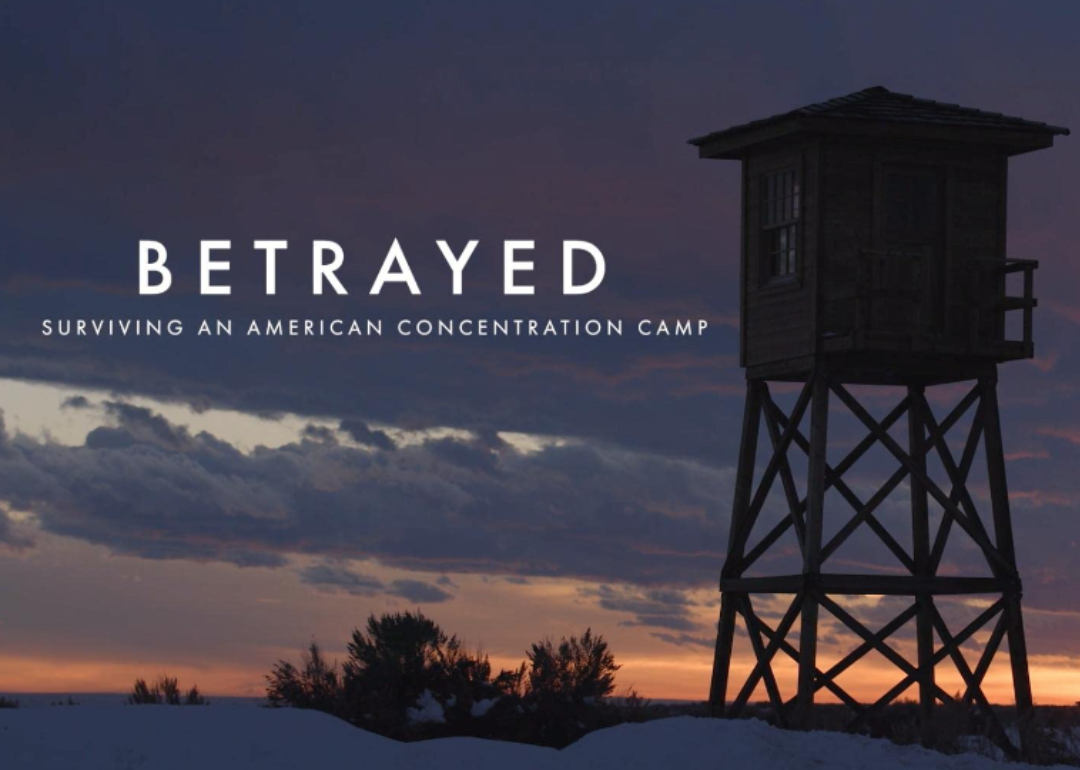
North Shore Productions
Betrayed: Surviving an American Concentration Camp (2022)
- Director: Rory Banyard
- Runtime: 56 minutes
During World War II, more than 100,000 Japanese Americans were unjustly placed in concentration camps. But only the Japanese living in the country were targeted: not the Italians, nor the Germans. "" revisits that time in history through archival footage and interviews with families. The survivors talk about the many challenges their community faced prior to being placed in camps, what they endured, and the devastating losses of their civil rights, property, and businesses.
It was a traumatic experience that was difficult for generations of those incarcerated to discuss. "We were stripped of everything," one survivor says in the project, with another noting the trauma it caused families even afterward was "shut out of our life because it was horrible. It was more merciful to us to forget than to talk about it."
Dennis Nishi and Dylan Robertson
Giant Robot: Asian Pop Culture and Beyond (2022)
- Directors: Dennis Nishi, Dylan Robertson
- Runtime: 56 minutes
When LA punk rockers Eric Nakamura and Martin Wong launched "Giant Robot," a 1994 zine-turned-full-colour bimonthly magazine about "Asian pop culture and beyond," no one was covering it. "In the '90s being Japanese American wasn't cool, but it was cool to me," Nakamura said.
The publication would give ink to movements and celebrated figures of Asian descent when there was little (if any) Asian American representation in mainstream media. They would publish stories on Hong Kong cinema, Japanese American concentration camps, Asian subculture stars, and more, reaching audiences on a global scale and helping launch the careers of many artists and actors.
The film chronicles , in their words, with previously unseen video footage dating back to the mag's inception and insightful interviews with Takashi Murakami, Margaret Cho, James Jean, and Daniel Wu. As Wong says in the doc, "It feels good to see someone who looks like you"—and no one did it like "Giant Robot" did for Asians and Asian Americans.
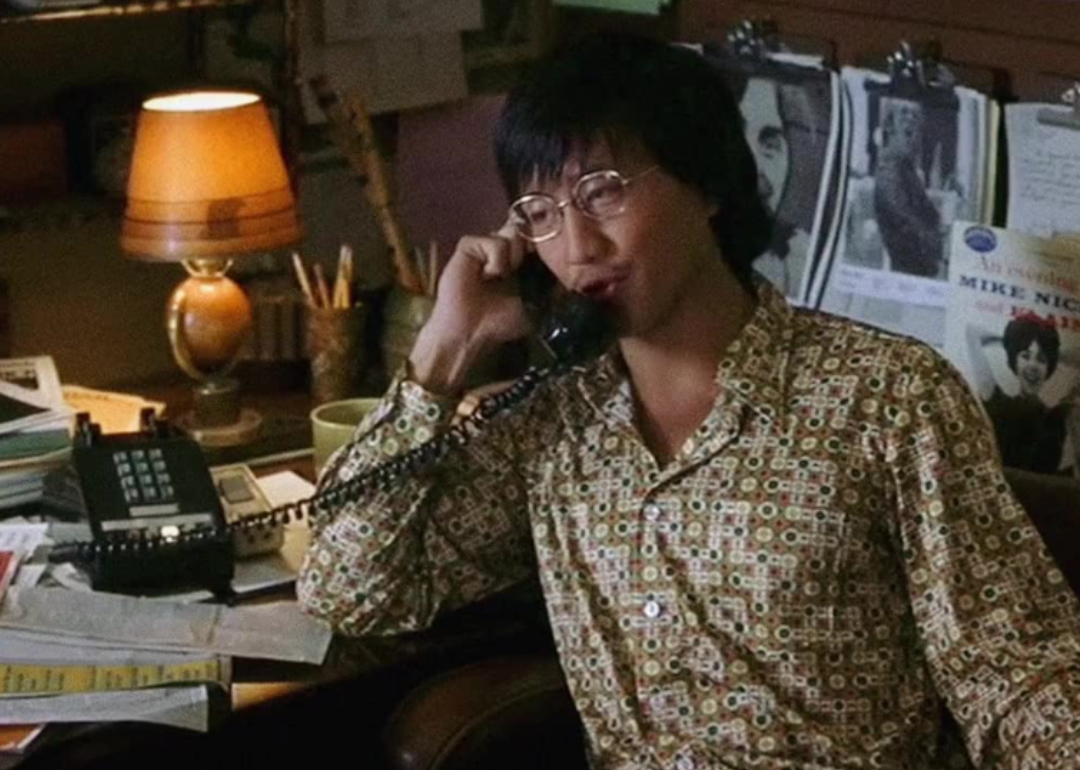
StudioLA.TV
Like a Rolling Stone: The Life & Times of Ben Fong-Torres (2022)
- Director: Suzanne Joe Kai
- Runtime: 99 mins
One of the most influential music journalists and editors of our time, and called by a colleague as "King of 'Tell Me More,'" Ben Fong-Torres interviewed numerous legendary musicians for Rolling Stone, including Marvin Gaye, the Doors' Jim Morrison, Elton John, and Steven Wonder.
In "Like a Rolling Stone," music fans will instantly be drawn to the archival video footage and interview recordings of such icons, but equally thrilling is getting a peek at his archives of hundreds of cassette tapes and seeing a master interviewer at work unearthing previously untold stories.
Among other interesting details revealed in the doc includes one such account of the origin of his name—created to circumvent the Chinese Exclusion Act, his father purchased a Filipino birth certificate to immigrate to the States as Ricardo Torres.
Data reporting by Lucas Hicks. Story editing by Carren Jao. Copy editing by Paris Close. Photo selection by Clarese Moller.

